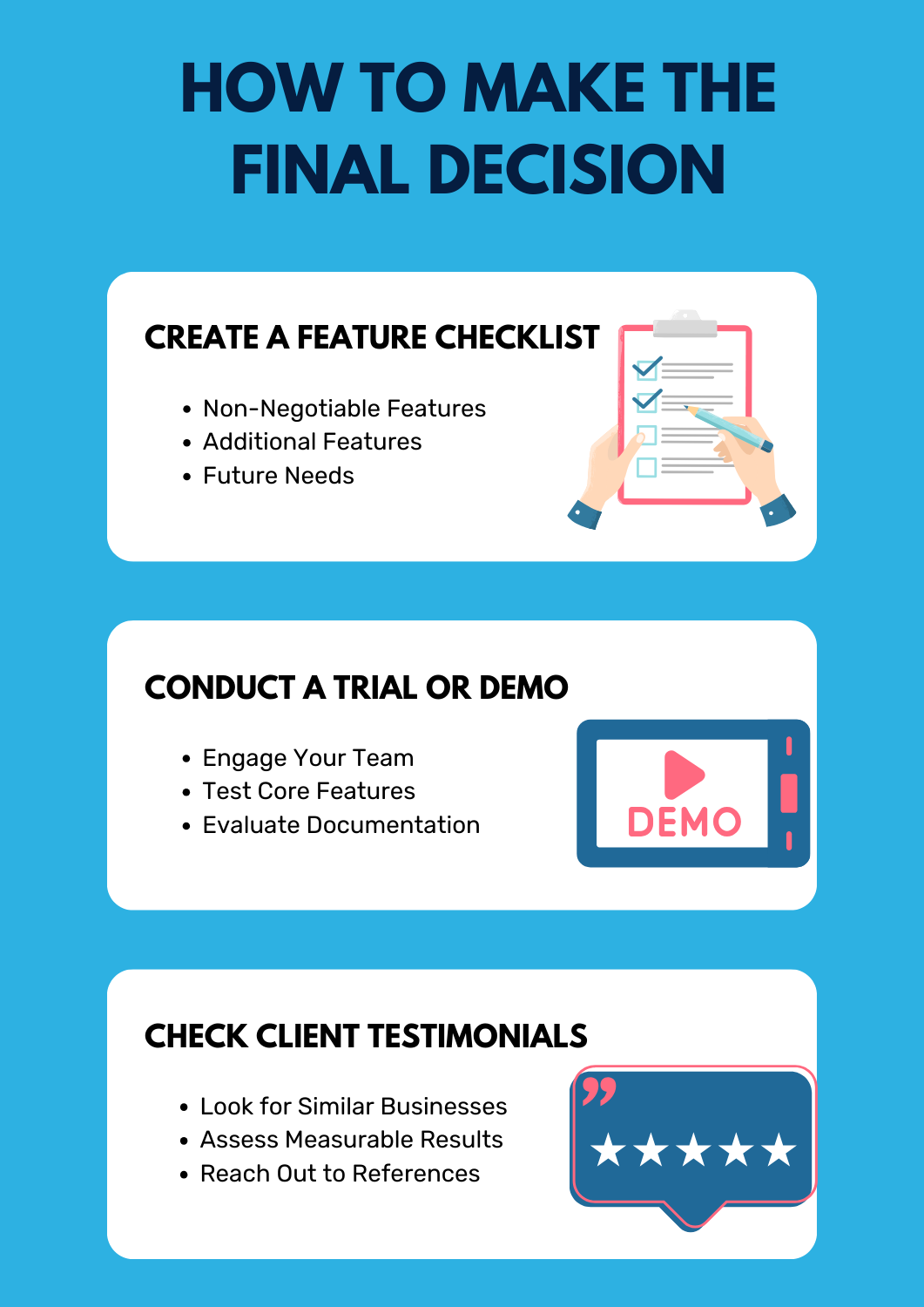For business success, as companies evolve to meet growing customer expectations, a Digital Experience Platform (DXP) becomes essential. A digital experience platform (DXP) can help organizations create, manage, and optimize these experiences across various channels. However, with so many options available, selecting the right DXP for your business can be overwhelming. Choosing the right DXP can transform the way you engage with customers, streamline your operations, and ultimately drive business growth.
In this guide, we’ll explore the key considerations for evaluating different digital experience solutions and explain how Valuebound can support you in this critical decision-making process.
Understanding a Digital Experience Platform
A digital experience platform serves as the core of your digital strategy, through which you can provide more customized seamless experiences for your customers. It involves integrating all such content management, analytics, and customer engagement tools into this single platform and allows your businesses to manage the entire customer journey.
Why need a Digital Experience Platform
- Customer Engagement: A well-implemented DXP enhances customer engagement by providing personalized content and experiences tailored to individual preferences. This leads to increased customer satisfaction and loyalty.
- Operational Efficiency: A DXP streamlines workflows by centralizing content management and automating repetitive tasks. This efficiency allows your team to focus on strategic initiatives rather than getting bogged down by manual processes.
- Data-Driven Insights: By integrating analytics capabilities, a DXP empowers businesses to gather valuable insights into customer behavior, enabling data-driven decision-making that enhances the overall customer experience.
Key Considerations When Selecting a DXP
Choosing the right digital experience platform involves careful consideration of your organization's specific needs and goals. Below are some unique perspectives on what to consider when evaluating different DXPs.
1. Strategic Alignment with Business Goals
The first step in selecting a DXP is to clearly define your business goals. Are you focused on improving customer engagement, increasing sales, or streamlining internal processes? Understanding these objectives will guide your search for a DXP that aligns with your strategic vision.
Valuebound Insight: We recommend conducting a SWOT analysis (Strengths, Weaknesses, Opportunities, Threats) to identify how a DXP can address your specific challenges and opportunities. This analysis can help ensure that the platform you choose will support your long-term objectives.
2. Customer-Centric Features
A DXP should prioritize the customer experience above all else. Look for features that enable personalization, such as:
- Audience Segmentation: The ability to segment audiences based on demographics, behavior, or preferences ensures that you can deliver tailored content that resonates with your customers.
- Content Personalization: Dynamic content delivery based on user behavior enhances engagement and drives conversions.
- Omnichannel Support: Ensure that the DXP can manage content across various channels, providing a consistent experience whether customers interact with your brand on mobile, desktop, or social media.
Valuebound Insight: We believe that platforms with advanced personalization capabilities can significantly increase engagement rates and customer satisfaction.
3. Cross-Functional Collaboration
A DXP that fosters easy collaboration enables non-technical teams, like marketing or sales, to create and manage content autonomously while ensuring that the IT team can maintain the system’s integrity and performance.
Valuebound Insight: We help facilitate this collaboration by recommending platforms that strike a balance between ease of use for business teams and robust functionality for IT. We understand that a DXP must be intuitive enough for business users while providing enough flexibility for IT teams to manage customizations, security, and integrations.
4. User Experience and Accessibility
The usability of the DXP for both your team and your customers is paramount. A user-friendly interface can empower your staff to create, manage, and analyze content efficiently, while accessibility features ensure that your customers can engage with your digital experiences effortlessly.
Valuebound Insight: Conduct usability testing with your team to evaluate the platform's interface. Gather feedback to determine how intuitive the system is for content creators, marketers, and developers.
5. Resource Optimization
When selecting a DXP, it's important to evaluate not only the initial cost but also how the platform will affect long-term operational expenses. Some platforms may seem cost-effective upfront but could lead to resource-heavy management and upkeep costs over time. A scalable, efficient DXP should automate tasks, reduce manual work, and improve team productivity, contributing to better cost efficiency.
Valuebound Insight: We evaluate the total cost of ownership for the DXP, looking beyond licensing fees to include factors like implementation, ongoing support, and resource allocation. Our solutions are designed to optimize your resources by ensuring that the platform you choose minimizes redundancy, and integrates seamlessly into your existing infrastructure, ultimately driving greater cost efficiency.
6. Multi-Site Management
The ability to manage multiple sites from a single platform, while still maintaining individual customizations, localization, and brand consistency, is a key feature. A DXP that supports multi-site management will help streamline operations, reducing the need for duplicated effort across different teams managing various sites.
Valuebound Insight: Our recommended platforms support brand consistency while allowing for the flexibility of regional customizations, whether it's different languages, currencies, or localized marketing efforts.

How to Make the Final Decision
Here's a step-by-step guide on how to get through the final decision-making process effectively:
1. Create a Feature Checklist
Once you have determined your business goals, it is time to create a feature checklist. Your checklist must contain the following features:
- Non-Negotiable Features: Define what functionalities are completely non-negotiable in the scope of your business needs. This might include advanced personalization options, omnichannel support, or integration of existing tools and analytics.
- Additional Features: List which other features you would want to enhance your experience, not essential, and can include AI-driven insights, customizable dashboards, or specific content management capabilities.
- Future Needs: Think about what your future digital strategy might look like. Can you envision features you may need shortly when your business grows? Add those to your checklist too to ensure the DXP will grow with you.
2. Conduct a Trial or Demo
Many DXP vendors offer trial periods or demos that allow you to explore the platform before committing. Here’s how to make the most of this opportunity:
- Engage Your Team: Involve key stakeholders from different departments (e.g., marketing, IT, customer service) in the trial. Their insights will provide a holistic view of how the DXP meets cross-functional needs.
- Test Core Features: Focus on testing the features identified in your checklist. Assess how intuitive the user interface is, how easily you can create and manage content, and how well the platform integrates with your existing systems.
- Evaluate Documentation: Look into the quality of customer support and documentation provided during the trial. A responsive support team and comprehensive resources can make a significant difference in your long-term success with the DXP.
3. Check Client Testimonials
Researching client testimonials and case studies can provide valuable insights into the real-world performance of the DXP you’re considering. Here’s how to effectively evaluate this information:
- Look for Similar Businesses: Seek out testimonials from companies in your industry or with similar needs. Understanding how the DXP has benefited businesses like yours can help you gauge its potential effectiveness.
- Assess Measurable Results: Pay attention to specific metrics or outcomes highlighted in case studies. For instance, did a company see a significant increase in customer engagement or conversion rates after implementing the DXP? Quantifiable results can offer a clearer picture of the platform's impact.
- Reach Out to References: If possible, don’t hesitate to contact references provided by the vendor. Asking direct questions about their experiences can provide insights into the platform’s strengths, weaknesses, and support quality.
How Valuebound Can Help You Choose the Right DXP
At Valuebound, we understand that selecting the right digital experience platform is a complex decision that requires careful consideration. Our team of experts is dedicated to helping you navigate this process, ensuring that you choose a solution that aligns with your unique business needs.
Valuebound’s Approach:
- Consultation: We start with a comprehensive discovery phase to understand your business objectives, challenges, and existing technology stack. This ensures that our recommendations are tailored specifically to your needs.
- Platform Evaluation: Our team conducts thorough evaluations of potential DXPs based on your defined criteria, focusing on features, integration capabilities, and scalability.
- Implementation Support: Once you’ve selected a DXP, Valuebound provides end-to-end implementation support, ensuring a smooth transition and effective deployment of the platform.
- Ongoing Optimization: Our commitment doesn’t end with implementation. We offer continuous support and optimization services, helping you leverage your DXP to its fullest potential and adapt to changing market dynamics.
In a Nutshell
Selecting the right digital experience platform is crucial for delivering exceptional customer experiences and driving business growth. By considering your business goals, customer-centric features, integration capabilities, and scalability, you can make an informed decision that sets your organization up for success.
If you’re still unsure about which DXP is right for your business, reach out to Valuebound. Our team of experts is here to help you evaluate your options and find the perfect solution for your digital experience needs.
FAQs
- What is a Digital Experience Platform (DXP)?
A DXP is a software solution that helps businesses create, manage, and optimize customer experiences across multiple digital touchpoints like websites, apps, and social media.
- Why is choosing the right DXP important for my business?
The right DXP enables seamless customer interactions, drives engagement, and helps improve operational efficiency, ultimately enhancing customer satisfaction and loyalty.
- What key factors should I consider when selecting a DXP?
Key factors include integration capabilities, cost efficiency, collaboration between IT and business units, multisite management, and security features.
- How can Valuebound help in selecting the right DXP?
Valuebound provides a consultative approach to understand your business needs, evaluate platforms, support implementation, and offer ongoing optimization for the best results.





